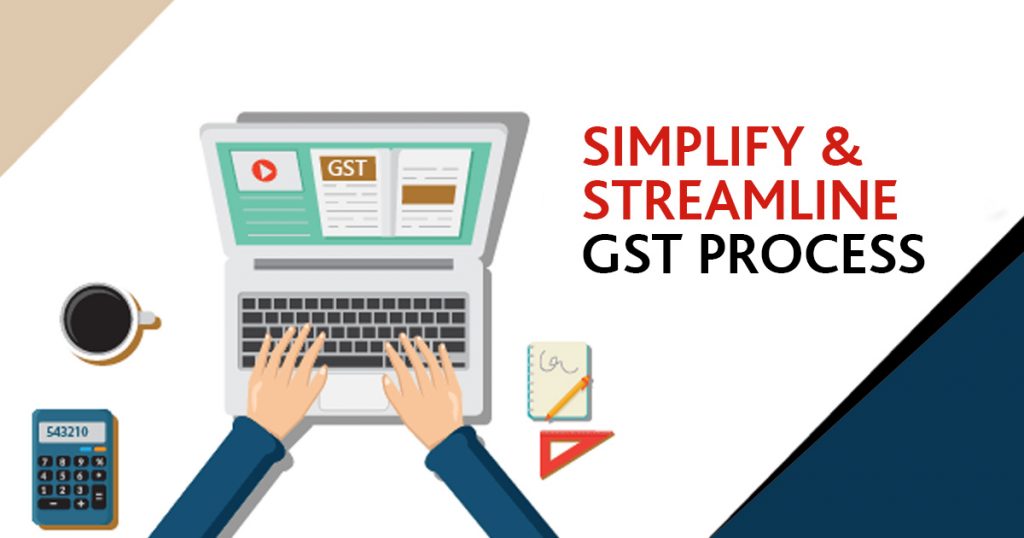
The time period of almost two years since the GST regime started on July 1, 2017, has not been proved sufficient to utterly manifest the very spirit of GST – the common national market. With the beginning of Goods and Services Tax (GST) on July 1 2017, the government in its manifesto assured the creation of a common Indian market by knocking out the fiscal barriers among states.
However, the government is still on the way to achieve stability and combating with the complications of multiple rate alterations, complex procedures, complicated tax filing systems and a five-slab rate structure, since one and a half year. These snags have left adverse effects on the GST collections as it came out to be below an average of Rs 1 lakh crore per month.
This is the time when simplification in GST processes is needed along with the unanimity among the states and the BJP’s new federal finance minister will have to leave no stone unturned to achieve the dual ASAP.
Recently with the vision to bring simplicity in the GST system, a GST council headed by the federal finance minister and state finances ministers has finalised some amendments in GST in compliance with the law. And in the recent public declaration before the election, the BJP vowed to streamline and ease the process of GST if they triumph the administration again.
Read Also: Know About New Simple GST Returns – Normal, Sahaj & Sugam Forms
“To continue with the simplification of GST process by engaging in dialogue with all stakeholders; when compared to the base year of 2015-16, GST revenue for all states have increased by 50% in three years,” the BJP declared in its poll manifesto prior the elections.
Now the countrymen are waiting to see what the government adopts in its agenda for the first after-election GST Council meeting.
The Cement Manufacturers Association had been behesting for the GST rate cut to 18 per cent as it would encourage infrastructure spending, generate employment and dwindle the costs of purchasing a house. However, GST cut in cement to 18 per cent will consequence an annual loss of Rs 13,000 crore to the government. So, the appeal is likely to dismiss by the GST Council.
We need to wait and watch how the new Government simplifies the GST system and how it plans to build a consensus among states.